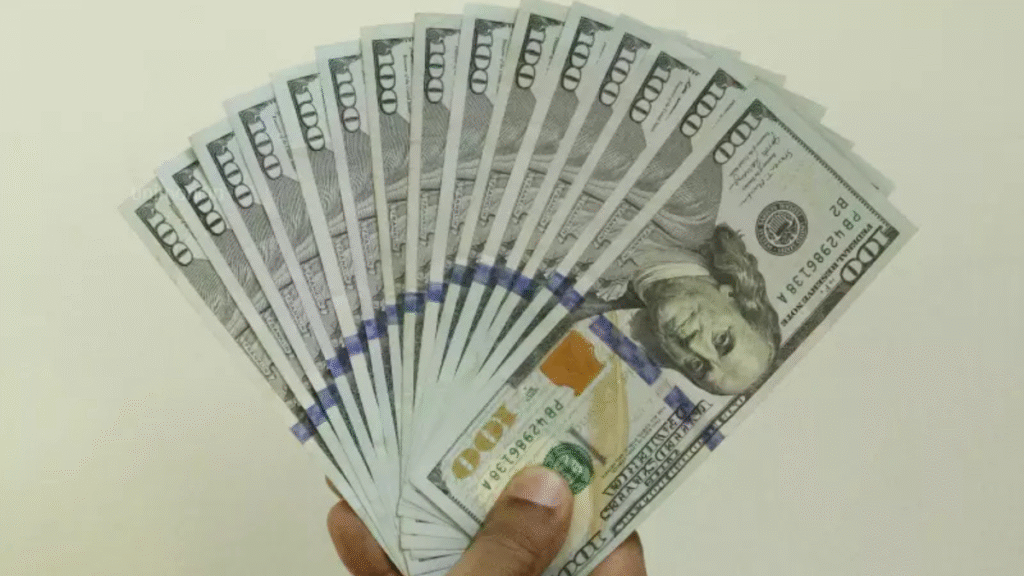If you’re expecting a benefit deposit around $2,970, here is what you need to know. This is not a brand-new stimulus check nor a one-time payout. Instead, it reflects existing federal disability and supplemental income programs, such as Social Security Disability Insurance (SSDI), Supplemental Security Income (SSI), and VA disability benefits. Depending on your situation, this amount may appear as your regular monthly deposit, or it may show up as a retroactive lump sum to correct underpaid or delayed benefits.
You do not need to apply—if you’re eligible and your records with the SSA or VA are up to date, the amount will simply be deposited into your bank account, usually according to your payment cycle or birth date.
Why Some People Are Receiving $2,970 Now
This deposit often reflects multiple changes rolled into one:
- The Cost‑of‑Living Adjustment (COLA) for 2025, which increased benefit amounts to offset inflation.
- Retroactive payments if your benefits were underpaid or delayed.
- Newly approved eligibility or corrections to past calculations.
- In cases where multiple benefits apply (SSA + VA, etc.), the joint total may reach this level.
Who Might Receive the $2,970 Deposit?

Here are the main groups who could see this payment:
1. SSI Recipients
If you receive Supplemental Security Income, your monthly benefit may have increased after the annual COLA. When added with other supplements, your deposit might reach approximately $2,970.
2. SSDI Beneficiaries
Those receiving Social Security Disability Insurance, especially if they have full work credits or had past underpayments, may receive a one-time lump sum or an adjusted monthly benefit totaling around $2,970.
3. Veterans Receiving VA Disability Compensation
Full or high‑level VA disability recipients whose combined benefits match the new COLA-calculated total may also see this amount deposited.
4. Low-Income Retirees with Federal or State Benefits
Even retirees receiving supplemental state aid or federal income may reach the $2,970 threshold when their Social Security, state aid, and VA or other credits are combined.
How Payment Schedule Works
SSI Recipients usually get their check on the 1st of the month. If that falls on a weekend or holiday, it typically arrives the nearest business day.
SSDI beneficiaries are paid on Wednesday based on birth date:
- Born 1–10 → July 9, 2025
- Born 11–20 → July 16, 2025
- Born 21–31 → July 23, 2025
VA recipients often receive their payment on the first business day of the month.
Direct deposits may take a day or two to clear depending on your bank.
Why This Increase Is Happening
COLA for 2025 accounts for higher inflation compared to previous years. Many recipients received a larger monthly benefit as a result. In addition, if any benefits were undercalculated or delayed, the agency corrects that through retroactive payments. That means if your deposit looks unusually large, it may simply be the system adjusting to make up for what is owed to you.
What to Do if You Don’t See the Payment

If you expected this amount and it hasn’t appeared yet:
- Check your bank account first.
- Log in to your SSA or VA account to ensure direct deposit information is current.
- Wait 2–3 business days, in case processing is delayed.
- If still missing, call your local SSA or VA office.
- Make sure your address and bank details are up to date, to avoid future delays.
Avoid Scams: Important Reminder
Some scam artists claim they can help you receive more benefits—for a fee. Do not fall for that. You should never pay anyone to receive Social Security or VA funds. Everything is handled through your official SSA or VA account. If you still receive mailed checks, now is a good time to switch to direct deposit for faster and safer delivery.
Why This Matters in 2025
Most beneficiaries rely on their Social Security, SSI, SSDI, or VA payments for essential needs—rent, groceries, medications, and more. The combination of rising costs and delayed filings has made these payments even more critical. Getting this larger payout now provides:
- Immediate relief for overdue expenses
- Corrected benefits owed from past months
- Updated monthly income that better reflects current cost of living
Final Thoughts
Receiving a $2,970 direct deposit means the system is catching up with COLA increases or making up for missed or underpaid benefits. Whether you’re in SSDI, SSI, VA compensation, or a combination, this figure reflects what you’re owed—not a random or gimmicky check.
If you’re unsure about your eligibility or haven’t received your payment in time, the most reliable path is to log in to your official SSA or VA portal or call directly. No one needs to pay for benefits that are their legal entitlement.
FAQs
1. What is the $2970 Direct Deposit in 2025?
The $2970 direct deposit is a government-approved financial support payment scheduled for eligible individuals in 2025. It may be part of tax credits, benefits, or a stimulus-type program depending on your province or federal benefit qualification.
2. Who is eligible to receive the $2970 payment?
Eligibility depends on various factors such as income level, age, tax filing status, and enrollment in government programs (like GST/HST credit, CCB, OAS, etc.). You must also be a Canadian resident and have up-to-date tax filings.
3. When will the $2970 Direct Deposit be made?
The exact payout date may vary by program and individual eligibility. However, the expected payment is scheduled for sometime in 2025 — check with the CRA’s official payment calendar for your province or benefit.
4. Do I need to apply for the $2970 payment?
In most cases, if you’re eligible and have filed your taxes correctly, the payment will be deposited automatically into your account. However, if you’re not enrolled in direct deposit with the CRA, you may need to update your information.
5. How can I check if I qualify for this payment?
You can log in to your CRA My Account to review your benefit eligibility or contact the CRA support line for personal assessment.


